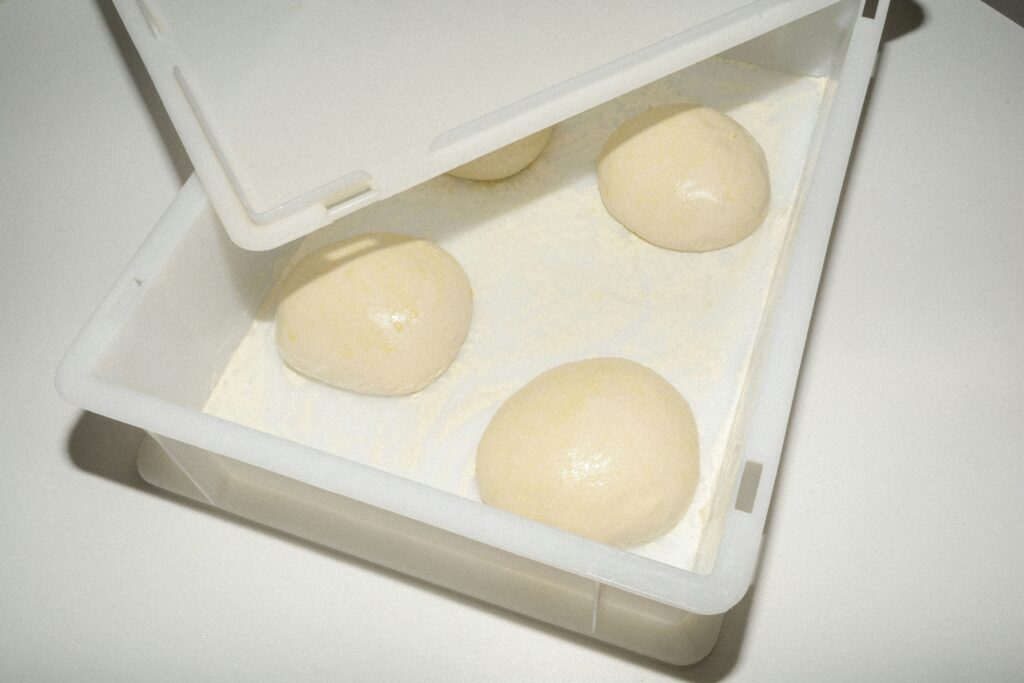
Flour is the product obtained by grinding cereals and in common use, when people think about flour, the first link with wheat flour is immediate, in particular with soft wheat flour, whereas the word semolina is used for hard wheat flour. Flour is the main ingredient used for making bread and pizza, and it is widely used in cooking and in pastry making.
The word flour is not exclusively used for wheat, as it is the product of the milling of many other cereals. In fact, cereals occupy 50% of the world’s arable land, and soft and hard wheat are part of the more than 8700 existing species, which although similar from the point of view of name, are completely different from the genetic and organoleptic point of view.
The quality of wheat depends on the variety, climate, fertilization, and soil. A careful evaluation of these elements leads to a quality flour through the milling process. How do you obtain quality flour? Through a careful process of cleaning by means of a series of machines.
Remarkably interesting is the optical sorter that discards critical grains, those that differ chromatically from the standards or those with non-compliant characteristics, in order to have a healthier flour. Subsequently, through storage in silos according to the variety, origin and lot, the wheat is examined for humidity and then adequately wetted in the next step so that the milling is not aggressive. The waiting period before milling varies from 24 to 48 hours. Finally the milling process is done in order to transform the grains into flour.
Italian legislation establishes a classification by “TYPE” according to the ash content, which is the presence of mineral salts. Mineral salts are mainly contained in the bran part, this is the reason whole wheat flours – in which there is a higher quantity of bran – have a high ash value. The examination to quantify the percentage of ash is done by means of a sample inserted in a muffle furnace, an oven that reaches 500°/600° and leaves salts unaltered while burning all the rest. Whole wheat flour has an ash content included between 1.30% and 1.70%, followed by type 2 with a content of 0.95%, type 1 with 0.80%, type 0 with 0.65% and finally type 00 with the lowest ash content of 0.55%.
Besides containing more mineral salts than the 00 type, whole wheat flour also contains many fibers and vitamins. These elements are mainly contained in the external layers of the grain, which are eliminated in order to obtain the classic 00 flour. When talking about whole wheat flour, it is important to underline the importance of fibers for our nutrition. Most of the fiber present in whole wheat flour is insoluble; they are cellulose and lignin, which have a beneficial action at gastrointestinal level, induce a sense of satiety and regulate bowel functions. Present in much smaller quantities in the organism, soluble fibers that are not absorbed by our body like insoluble fibers have a healthy action on bacterial flora by lowering cholesterol levels and avoiding glycemic peaks typical of flours with low levels of ash.
For those who want to experiment or are intolerant to the classic 00 flour, whole wheat flour or spelt flour, amaranth, oat flour, Kamut flour and so on, are a panacea for our health as they are rich in all the elements we need, such as starches, fiber, minerals, and vitamins.



